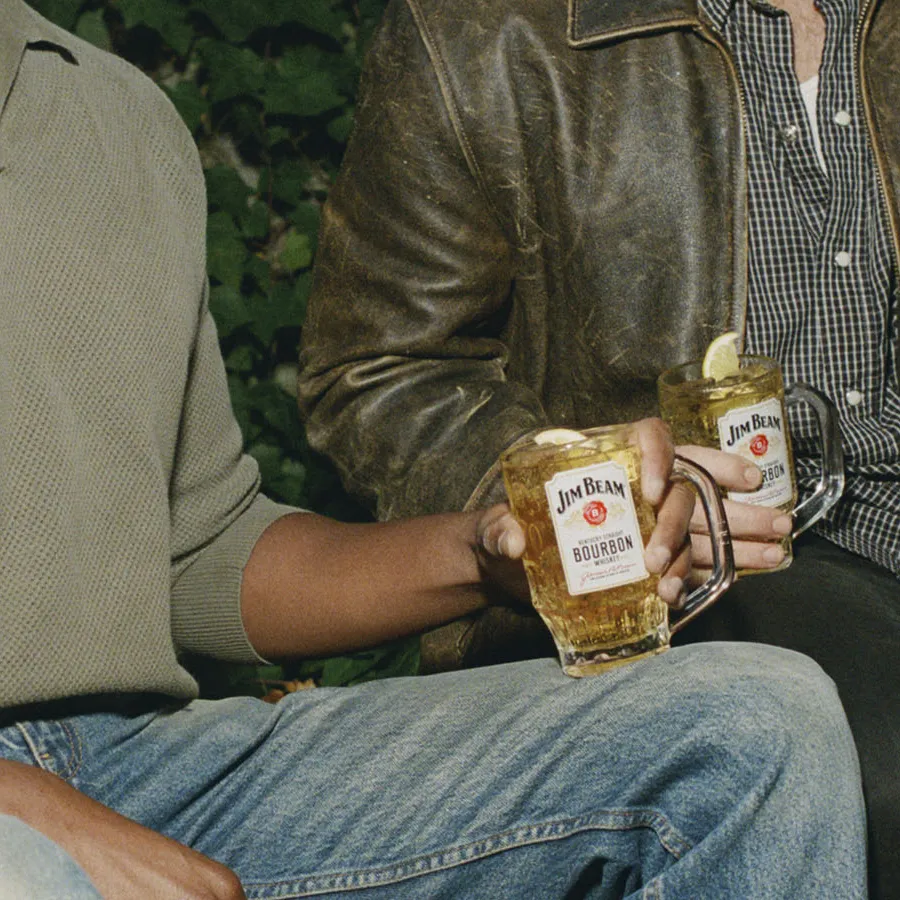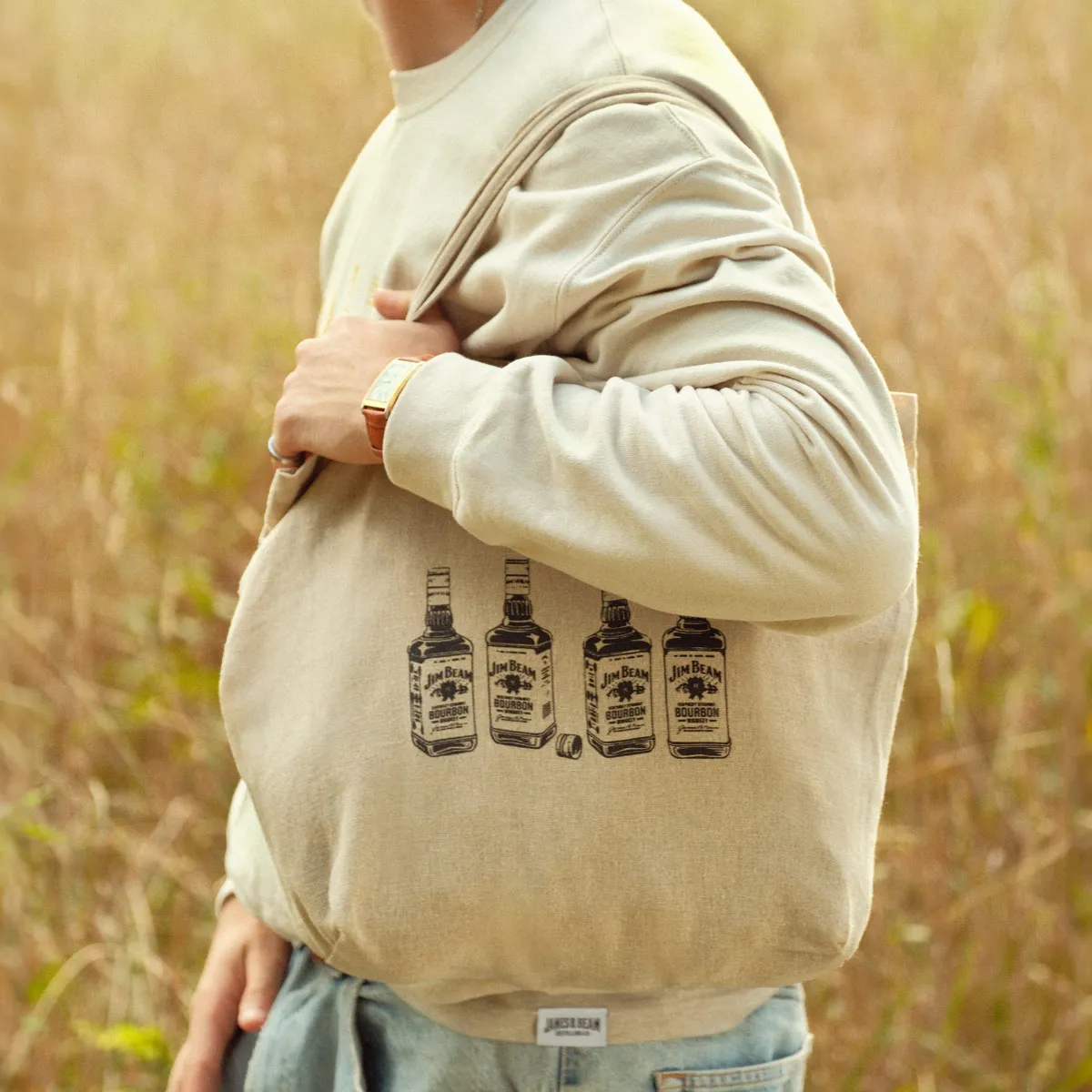

Jim Beam encourages responsible drinking. Alcohol should be consumed in moderation. By entering this website, you are agreeing to our Terms and Conditions, Privacy Policy, and Cookie Policy.
*Must be legal drinking age to enter this site.
A story about as old as Kentucky
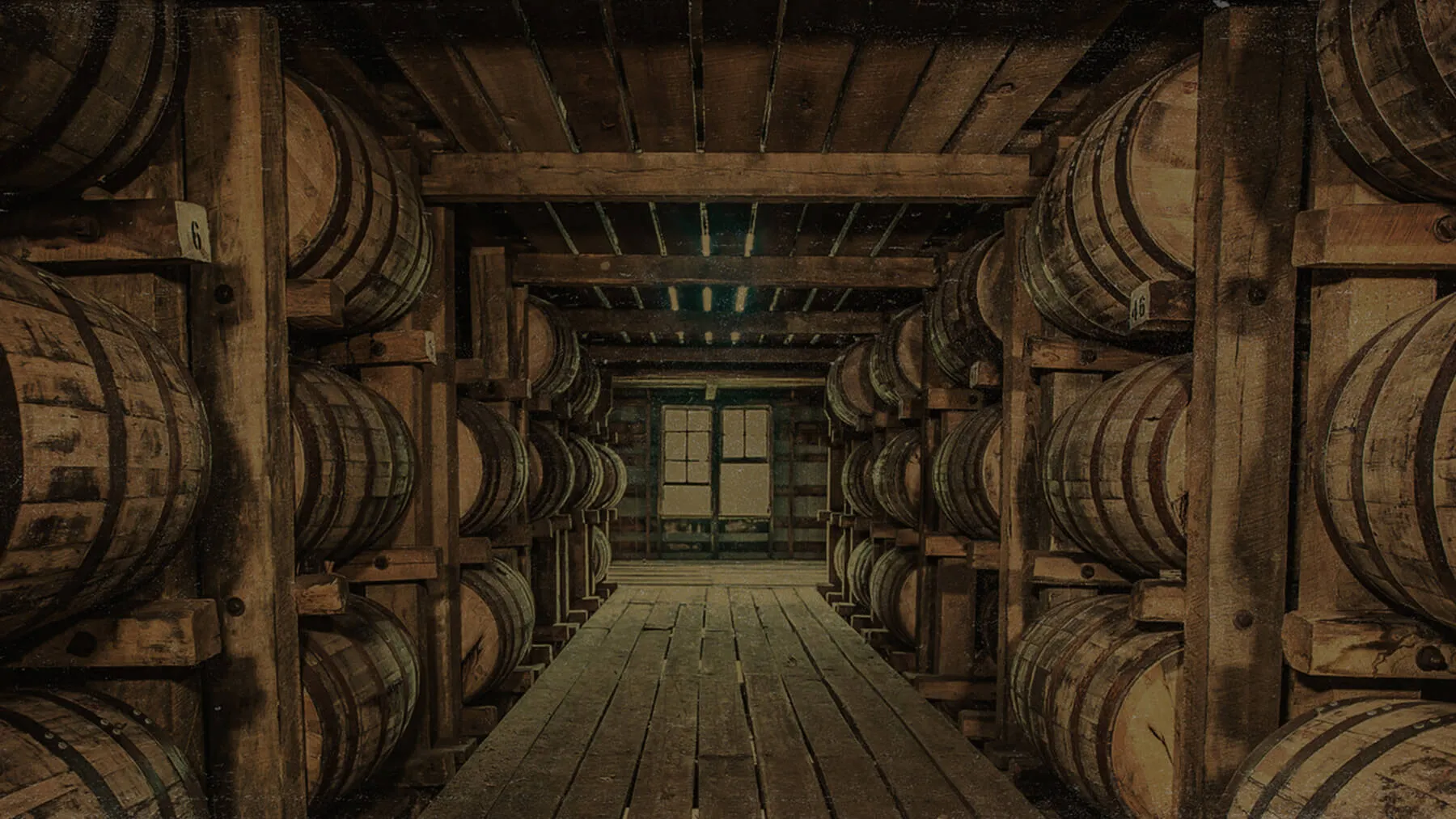
Discover the Untold Story of Bourbon
In 1740, the Boehm family came to the 13 colonies, determined to live the colonial dream. 48 years later, they moved where Kentucky is now and changed their name to Beam. Hot summers, mild winters and a nearby limestone spring made their new home ideal for—you guessed it—growing corn.
Get ready…the bourbon part is coming soon.
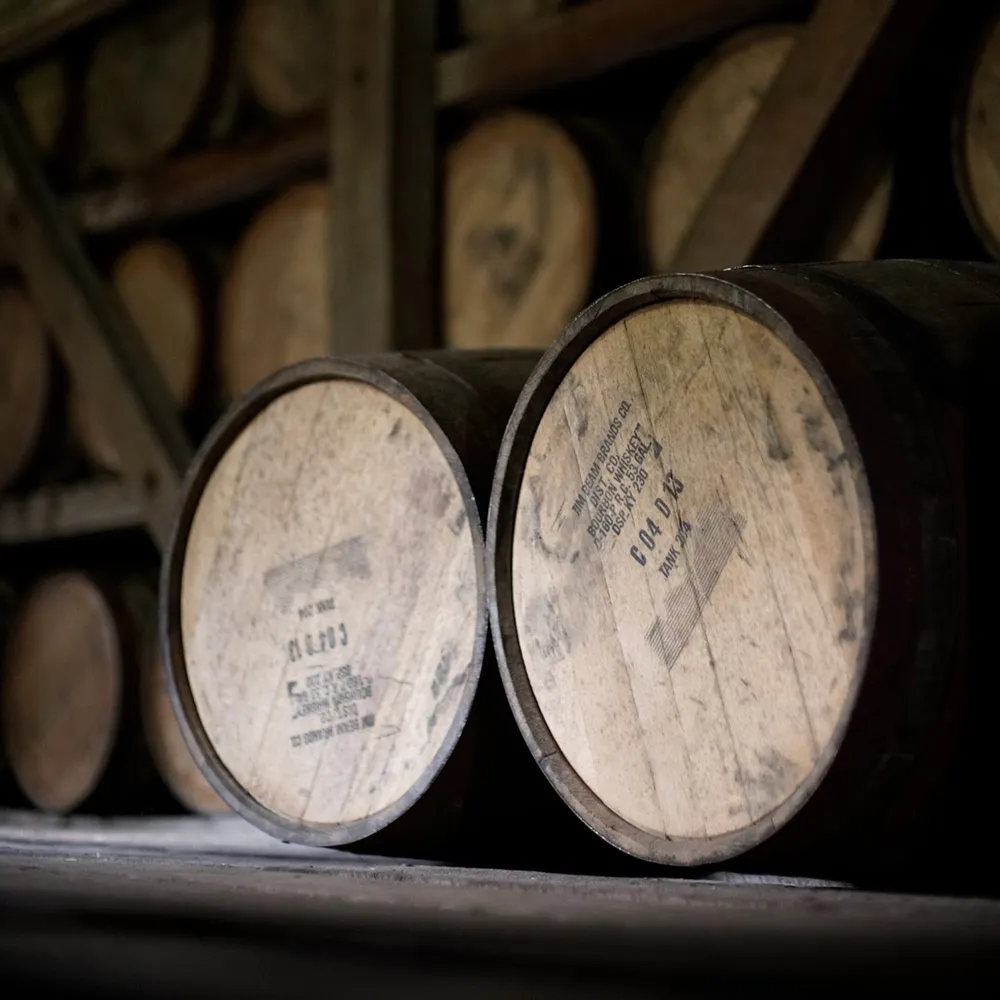
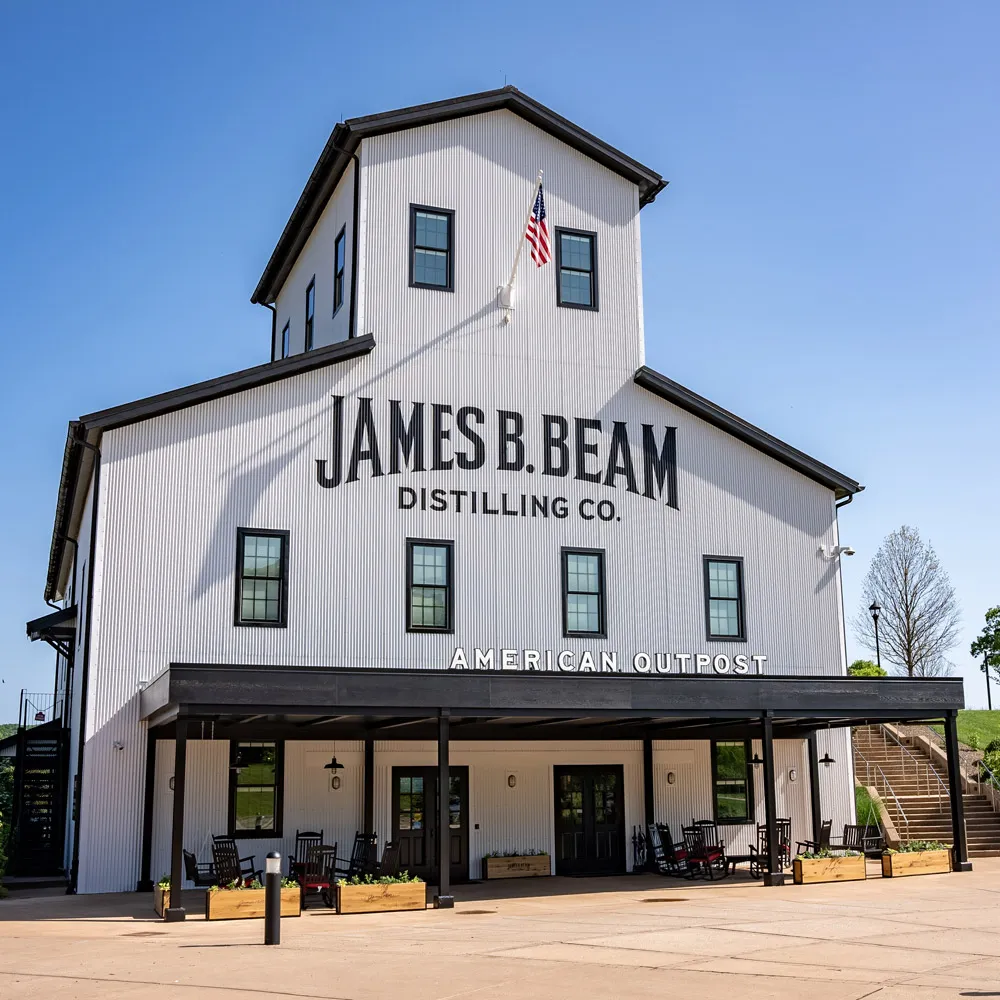
In 1740, the Boehm family came to the 13 colonies, determined to live the colonial dream. 48 years later, they moved where Kentucky is now and changed their name to Beam. Hot summers, mild winters and a nearby limestone spring made their new home ideal for—you guessed it—growing corn.
Get ready…the bourbon part is coming soon.
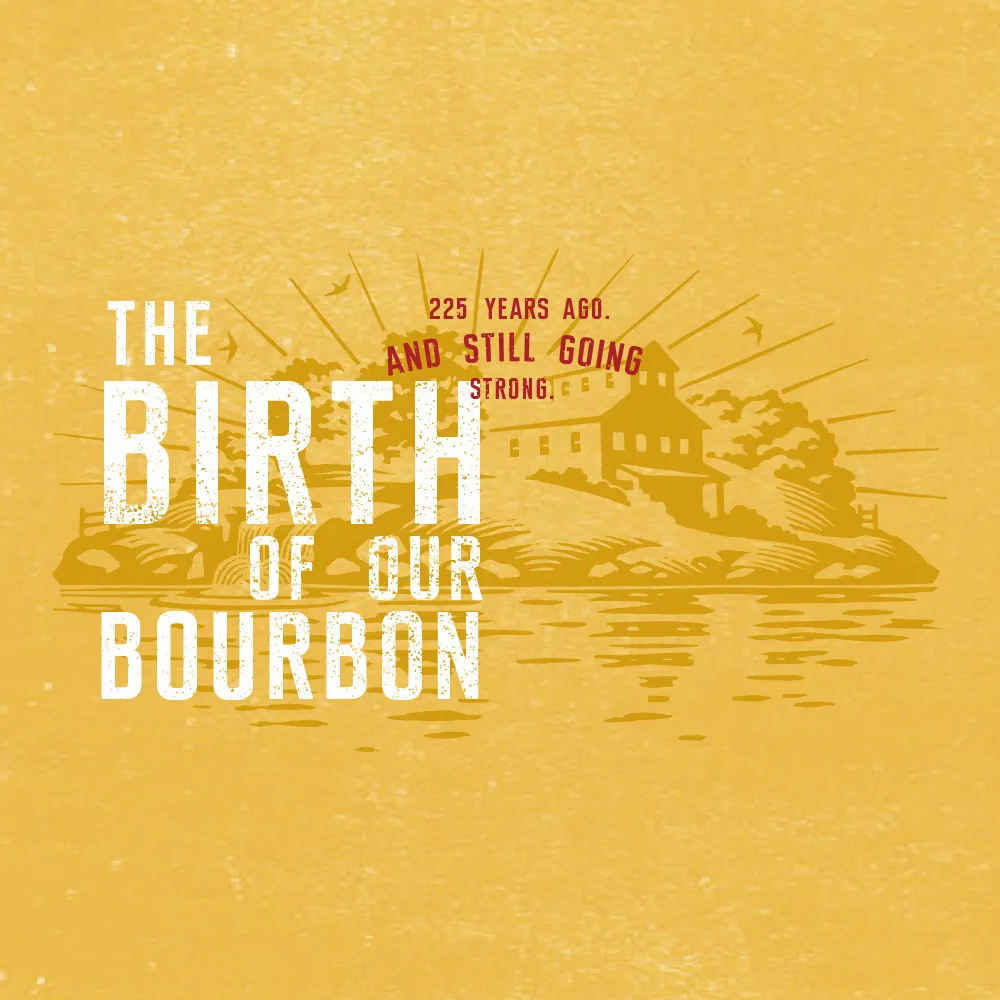
By the late 1700s, German, Scottish and Irish settlers were making rye whiskey in Western Pennsylvania. With government incentives to move west and grow corn, many moved to the Kentucky region. Among them was Jacob Beam who used his father's whiskey recipe to distill corn into a new, sweeter kind of whiskey. And just like that, our bourbon was born.
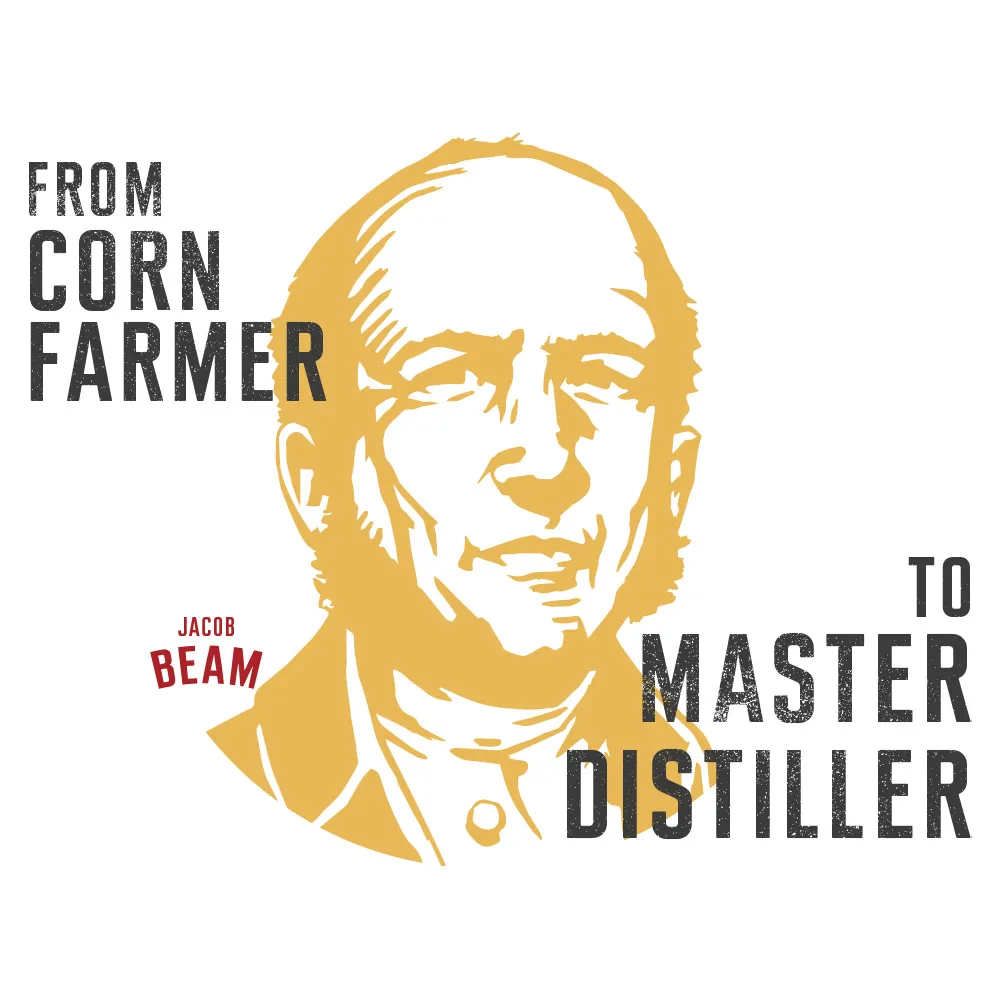
Perhaps the best decision Jacob Beam ever made was to sell his bourbon. His first barrel of Old Jake Beam Sour Mash was sold in 1795 and quickly became a local favorite—no small feat considering that, by the early 1800s, Kentucky was home to about 2,000 distillers.
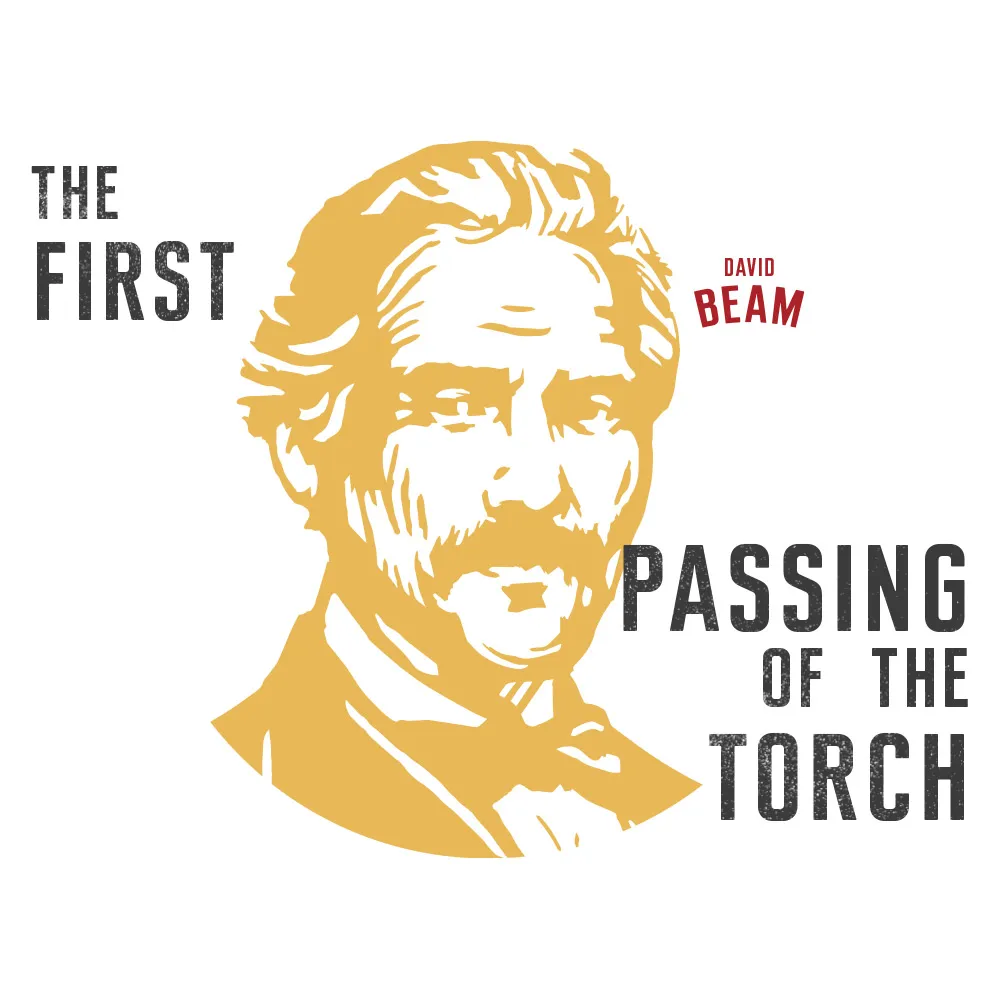
In 1820, Jacob Beam handed the distillery over to his son, David Beam. Back then, people simply brought their jugs to fill straight from the barrel. But seeing change on the horizon, David enlarged the distillery and changed to column stills for continuous operation. He also renamed the bourbon Old Tub to match the distillery name.
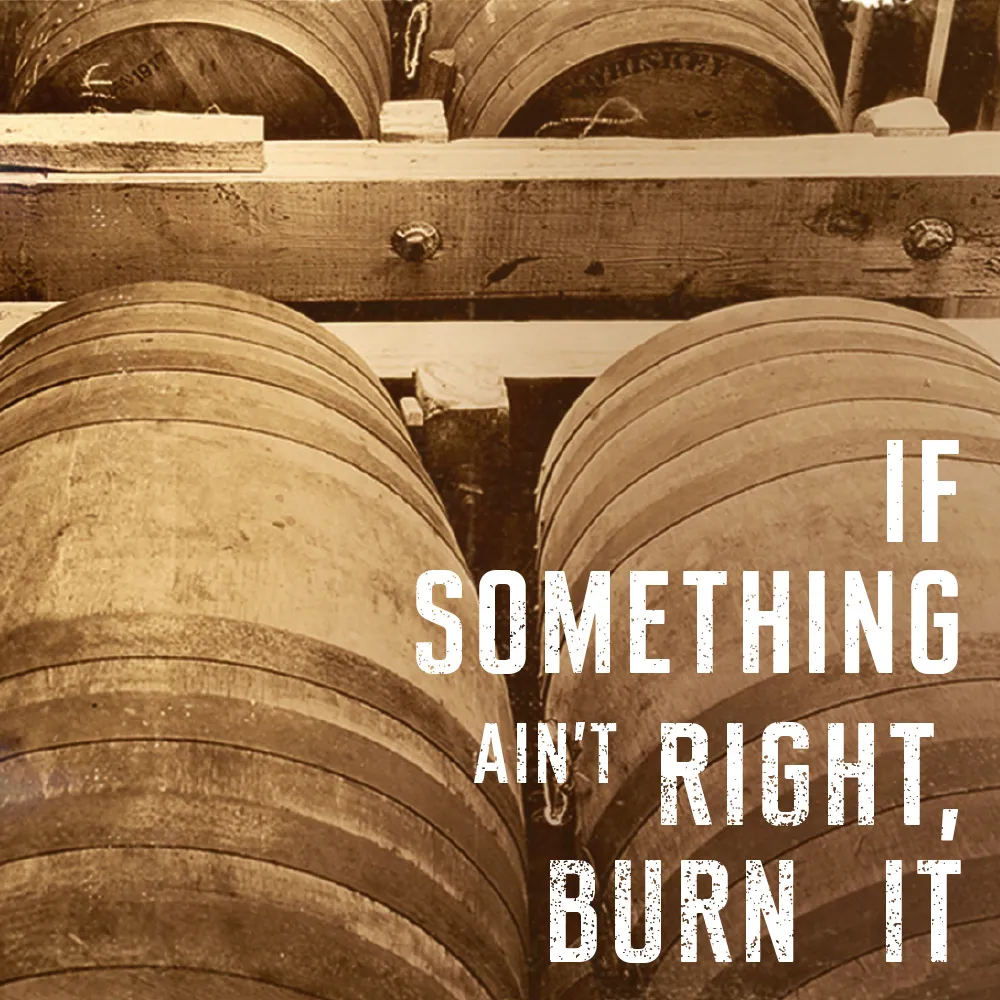
With the arrival of trains and steamboats, distillers could ship their bourbon to increase sales. This created a barrel shortage, so distillers put bourbon in used fish and vinegar barrels—with unfortunate side effects. Luckily, they found that burning the insides of barrels removed the smell and prepared them for whiskey storage. That’s how they began using charred-oak barrels.
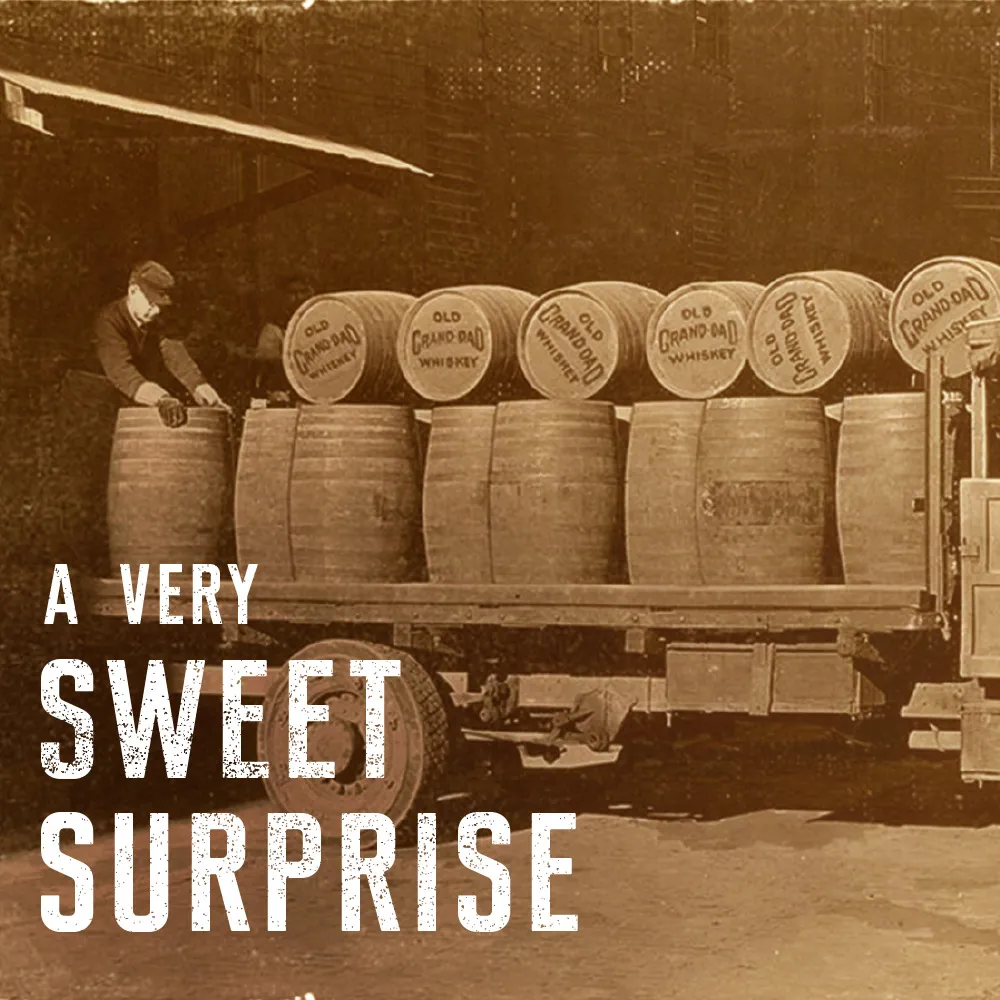
Since travel wasn’t exactly speedy back then, the bourbon headed for New Orleans had time to seep into barrels and extract the caramelized sugars created by the charring process. This added a spectacular caramel taste and golden color. It didn’t take long for folks to start asking for this new kind of "old Bourbon County whiskey."
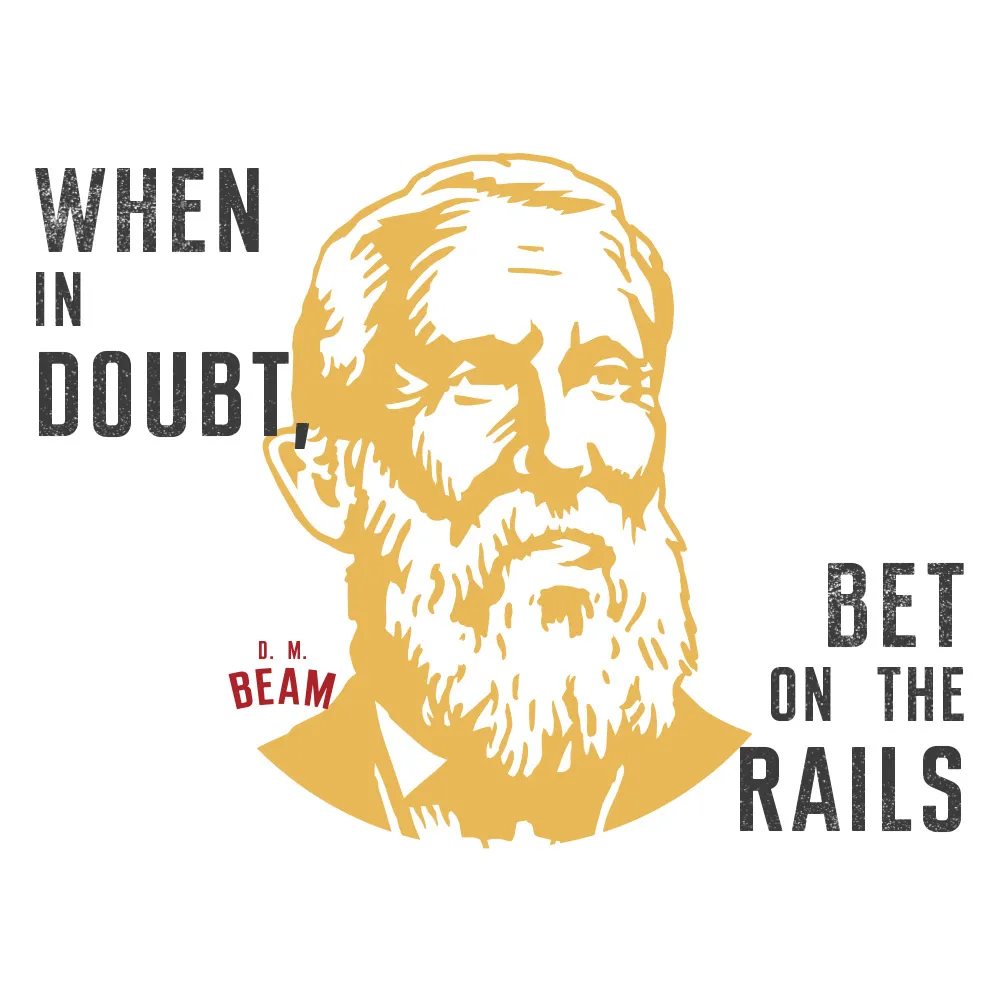
Fast forward to 1854. After learning of a planned railroad line extension, David Beam relocated the distillery to Nelson County, KY under the name D. M. Beam & Company. Now, mere yards from the new tracks, he could ship Old Tub north and south. By branding each bottle, he transformed his bourbon into a national brand.
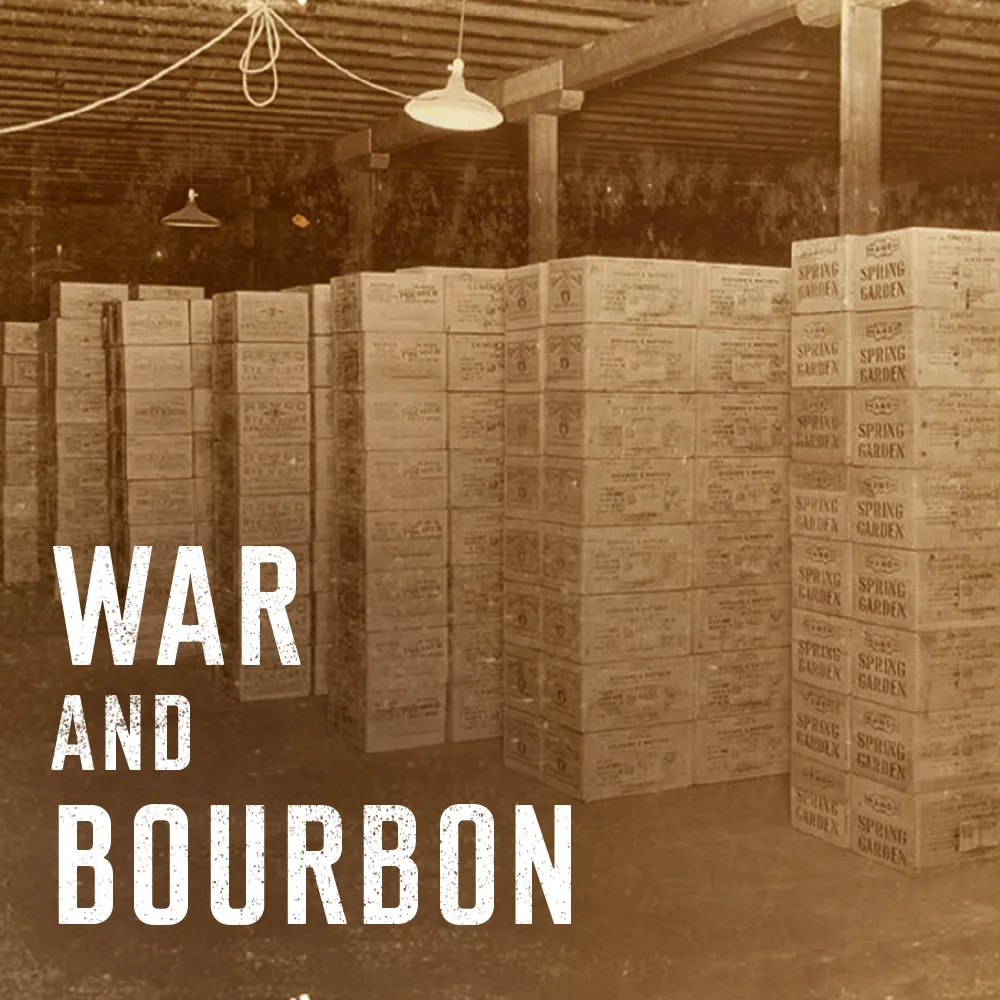
By the Civil War, bourbon was so popular that even General Ulysses S. Grant was a big fan. As legend has it, President Lincoln once said about him, “Find out what he drinks and send a case to my other generals.”
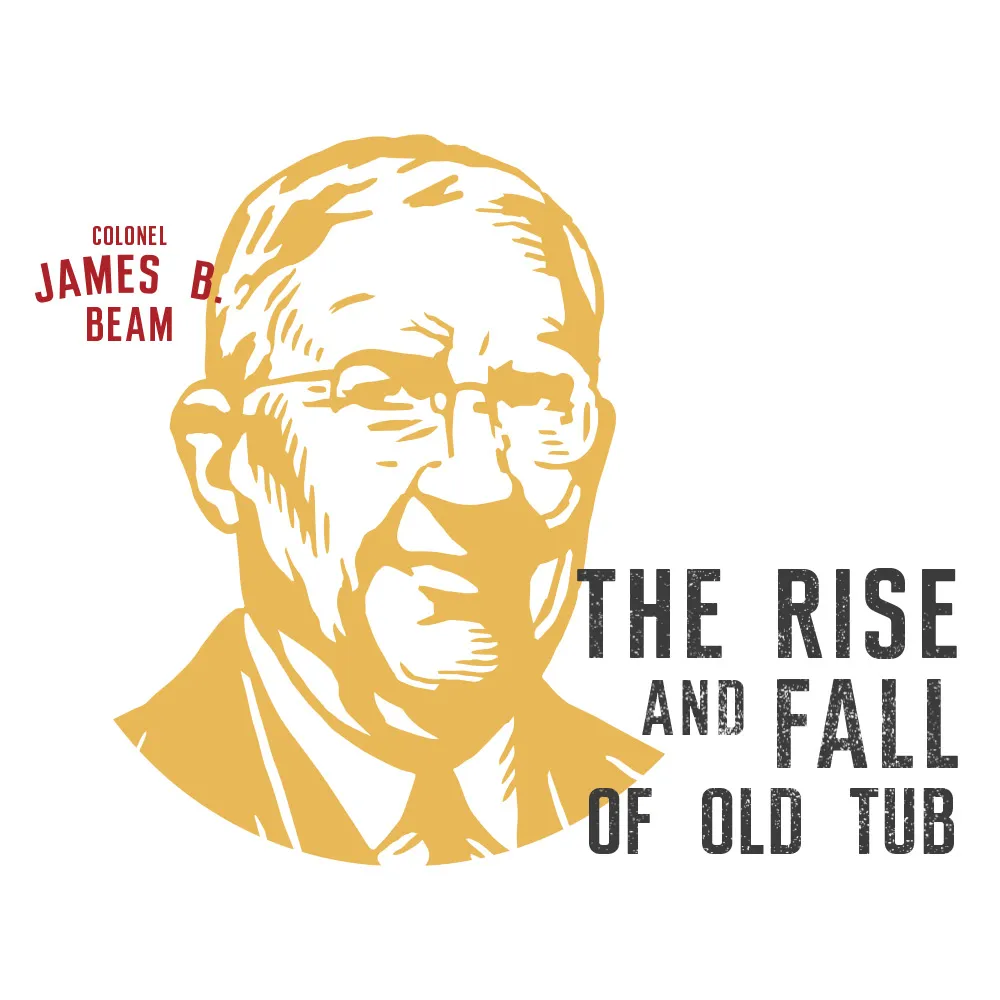
In 1894, James Beauregard Beam—a.k.a. Jim Beam—took over the distillery. By now, Old Tub was one of the first national bourbon brands. Through the early 1900s, Old Tub and bourbon grew and developed rigorous standards for quality and production. Then, in 1920, Prohibition brought it all to a screeching halt—effectively putting bourbon out of business.
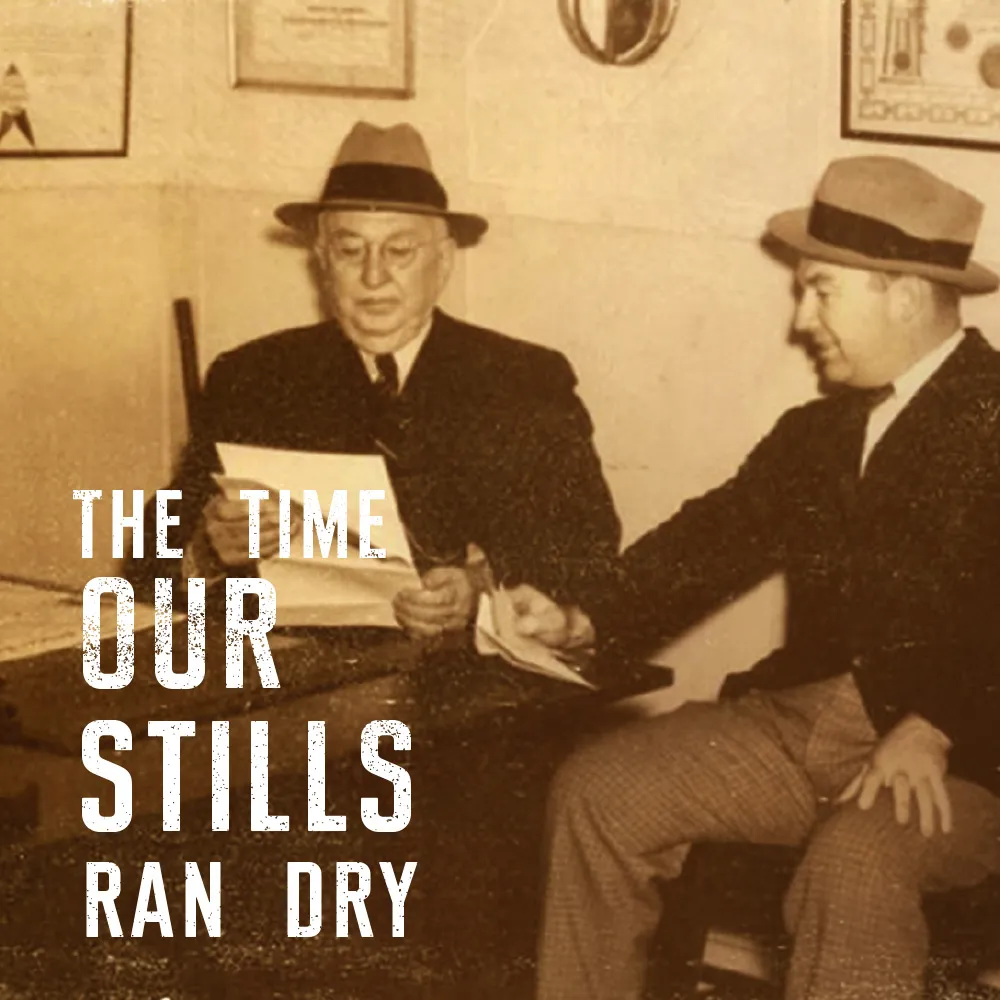
For 13 years of Prohibition, Jim Beam was forced to give up his life’s work. This was the only time in over 225 years that the Beam family didn’t distill bourbon. Still, Jim Beam was far from defeated. To support his family, he took a shot at coal mining and citrus farming. Fortunately for us, he wasn’t any good at either.
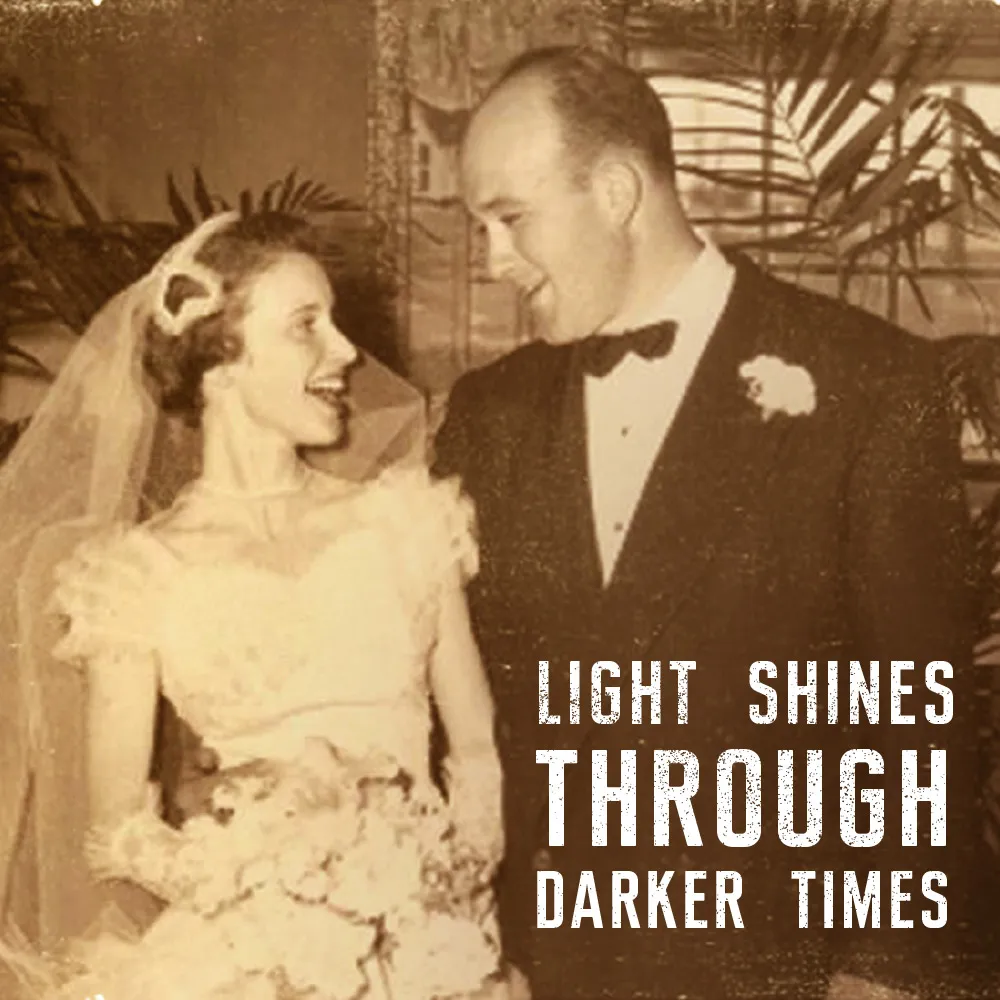
One good thing that did happen to the Beam family during this time is Jim’s daughter, Margaret, married Frederick Booker Noe. Their son, Frederick Booker Noe II would go on to become a master distiller, carrying on the Beam family tradition.
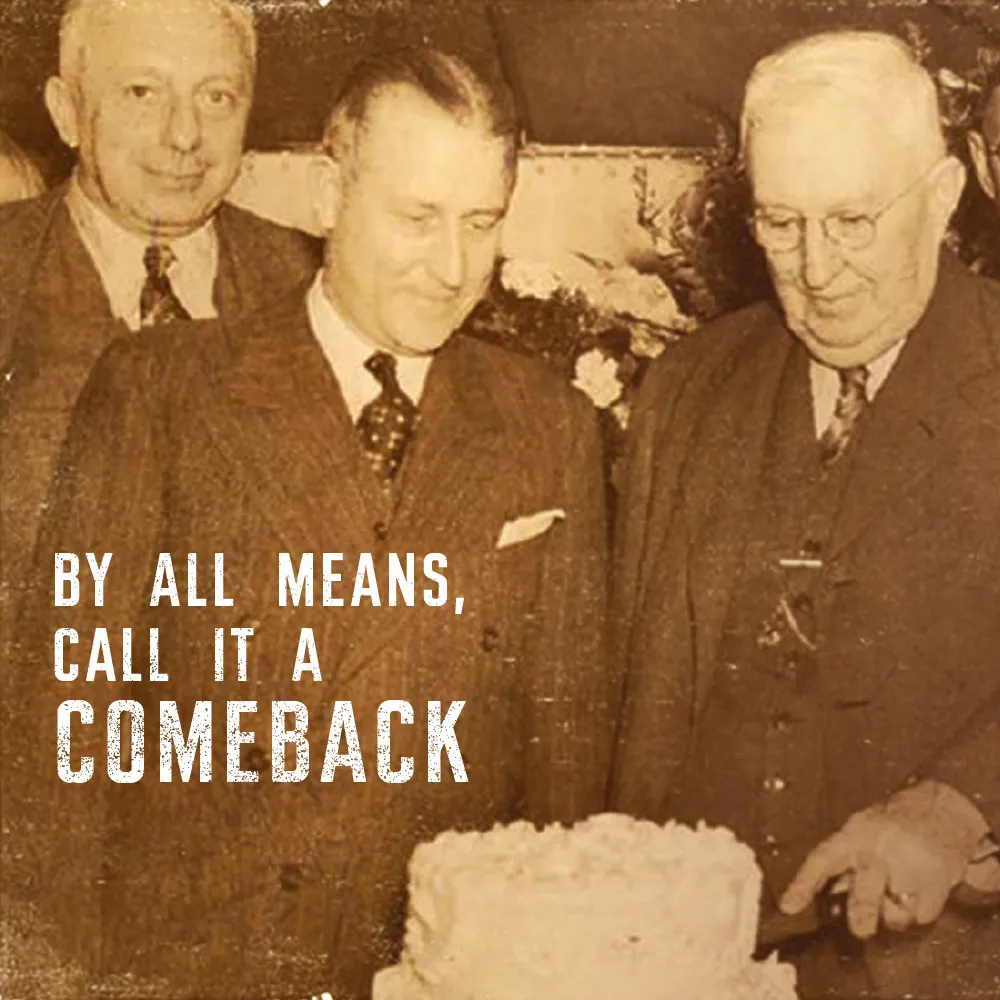
With Prohibition finally repealed in 1933, Jim Beam rebuilt his distillery by hand in Clermont, KY, with the help of friends and family. In 1935, the first batch was ready, and since he no longer owned the rights to the Old Tub name, he sold it as Colonel James B. Beam Bourbon. Finally, the man known as “The Colonel and The Legend” could celebrate.
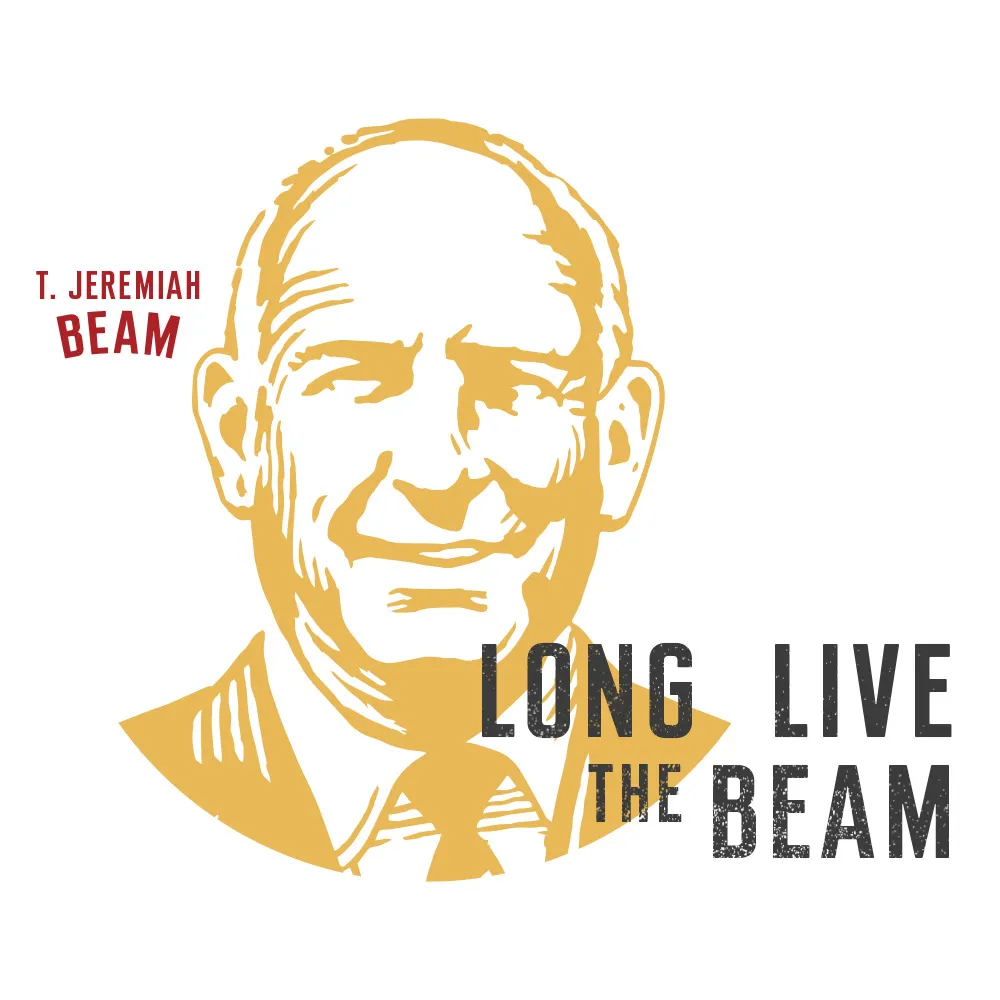
After Prohibition, Jim Beam worked hard ensure his bourbon’s future. To protect its signature flavor, he brought a jug of his yeast strain home every weekend. Celebrating all that his father accomplished, Beam’s son T. Jeremiah re-founded the distillery in 1935 as the Jim B. Beam Distilling Company and dubbed our bourbon Jim Beam.
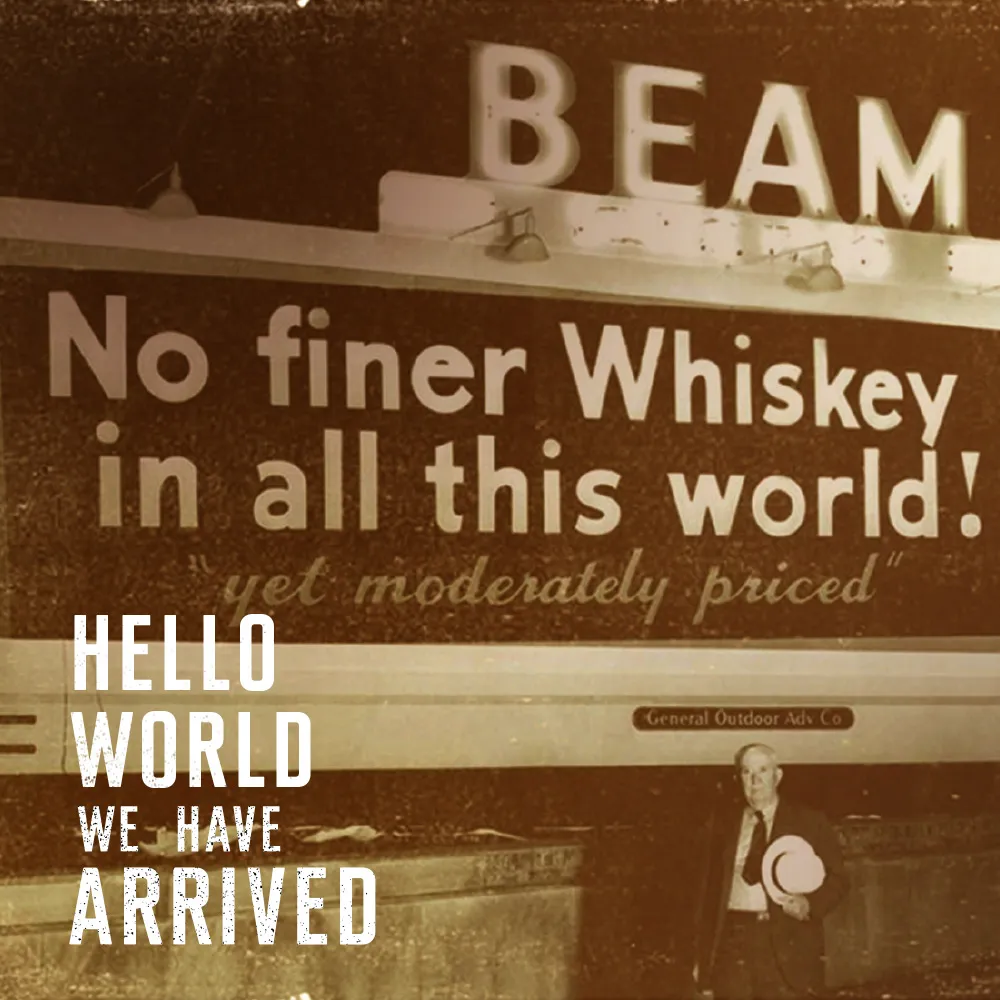
After opening the new distillery, T. Jeremiah “Jere” Beam helped his father to run the family business until he officially took the reins in 1946. Soon after, he began shipping cases of Jim Beam to American servicemen stationed overseas. He didn’t know it yet, but this would set the stage for Jim Beam to become the world’s best-selling bourbon.
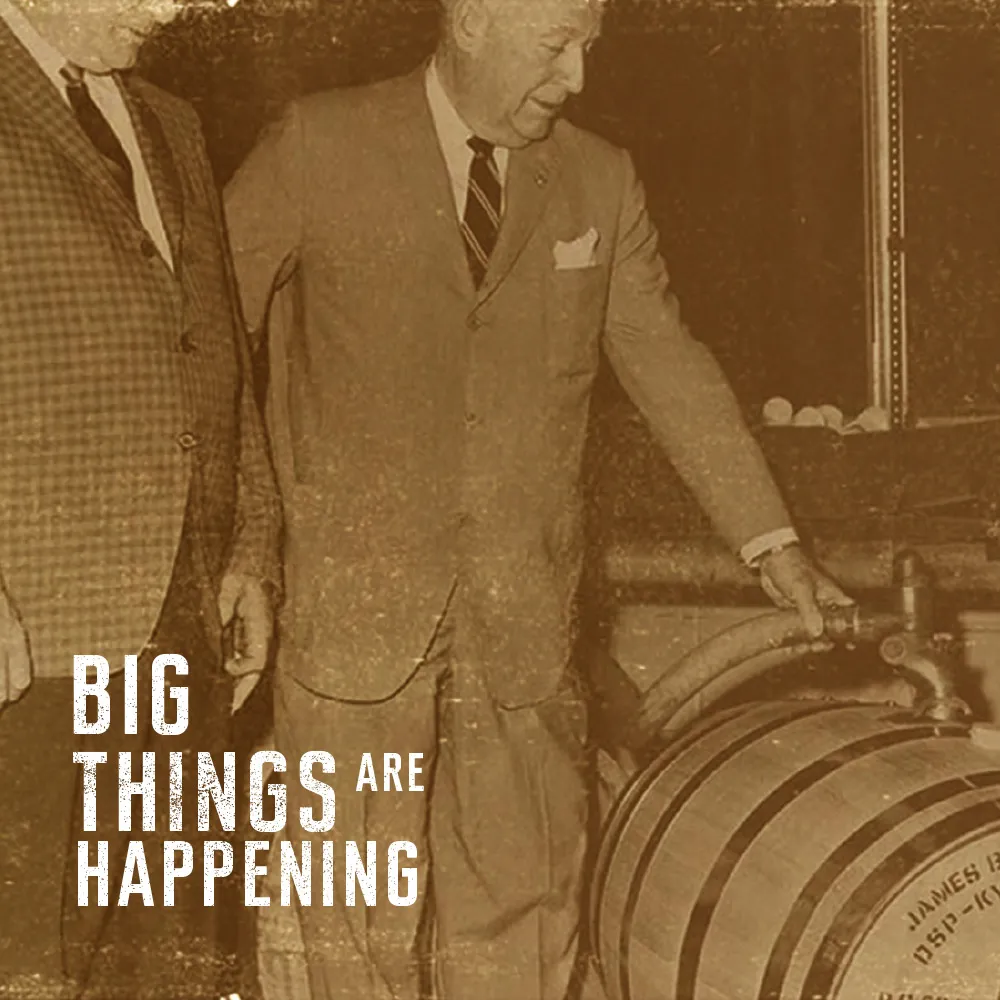
In 1938, the mint julep was introduced as the traditional drink of the Kentucky Derby. That same year, the Jim Beam Distillery released Jim Beam Rye Whiskey, a drier, spicier version of its sweeter bourbon brother. And to top it all off, in 1964, President Lyndon B. Johnson declared Jim Beam “America’s Native Spirit.”
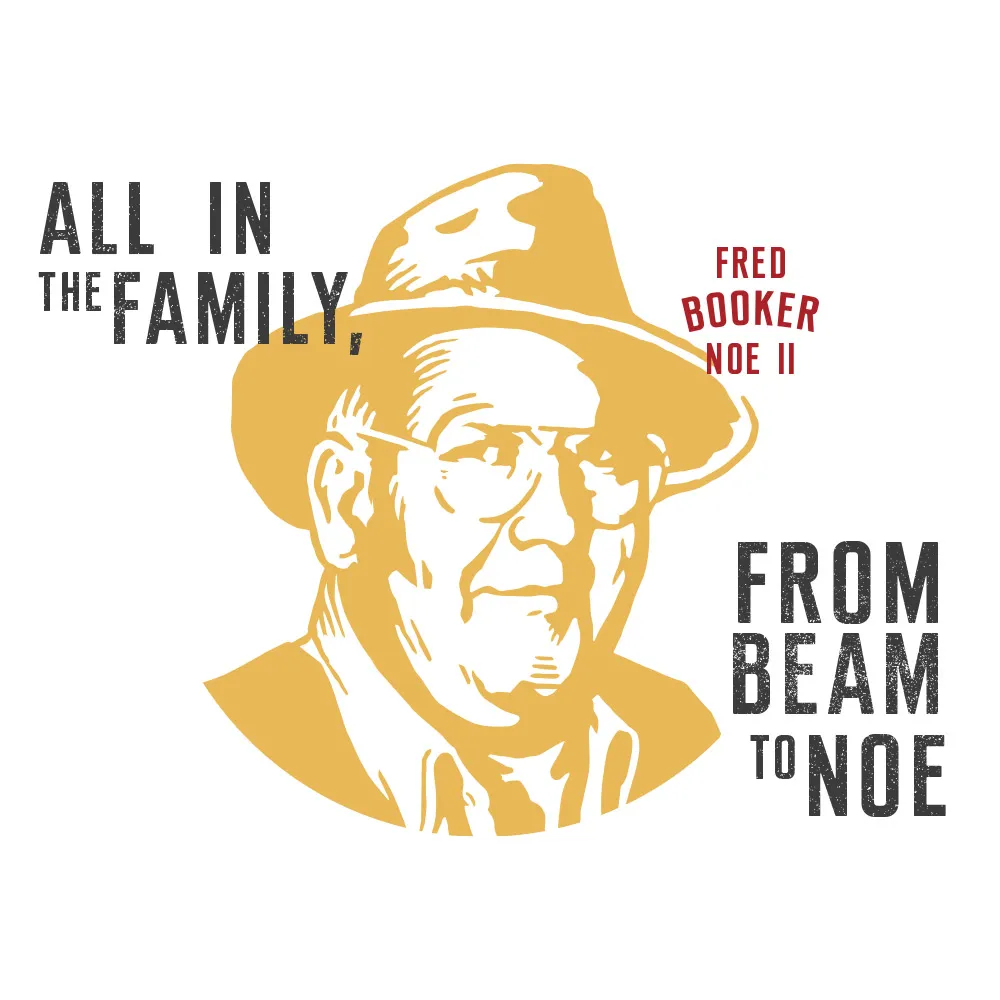
In 1960, Carl Beam was Master Distiller of the Clermont distillery and Frederick Booker Noe II was named Master Distiller at the Boston, KY, distillery. Five years later, Booker filled Beam’s 1-millionth barrel. But trouble was brewing as more people were drinking vodka, gin and the dreaded wine spritzer. Not to worry, Booker was already plotting his next move.
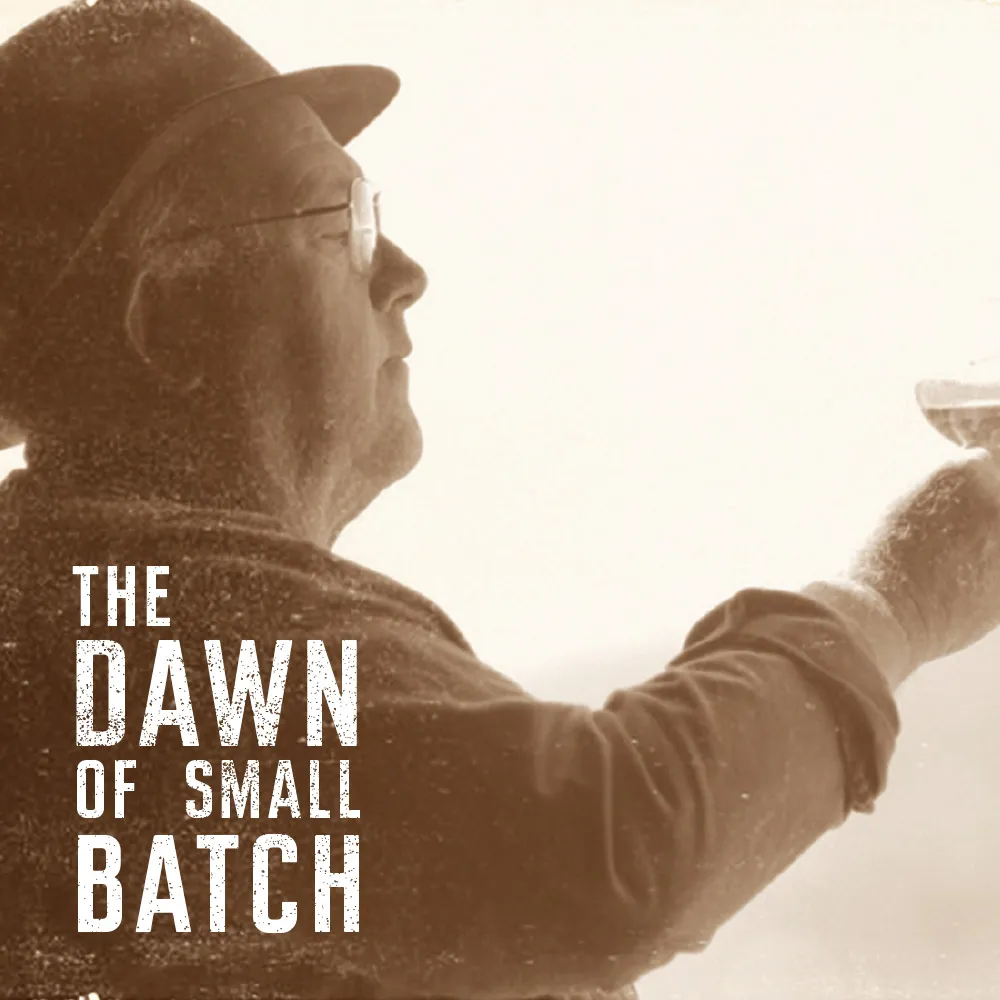
In 1978, Booker began crafting bourbon the way it was originally made: in small batches. This led to the release of Booker’s in 1987—the first small-batch bourbon from Jim Beam. Unfiltered, uncut and straight from the barrel, it was unlike anything people were used to. And at a suggested retail of $35 a bottle (about $73 today), it had a price tag to match.
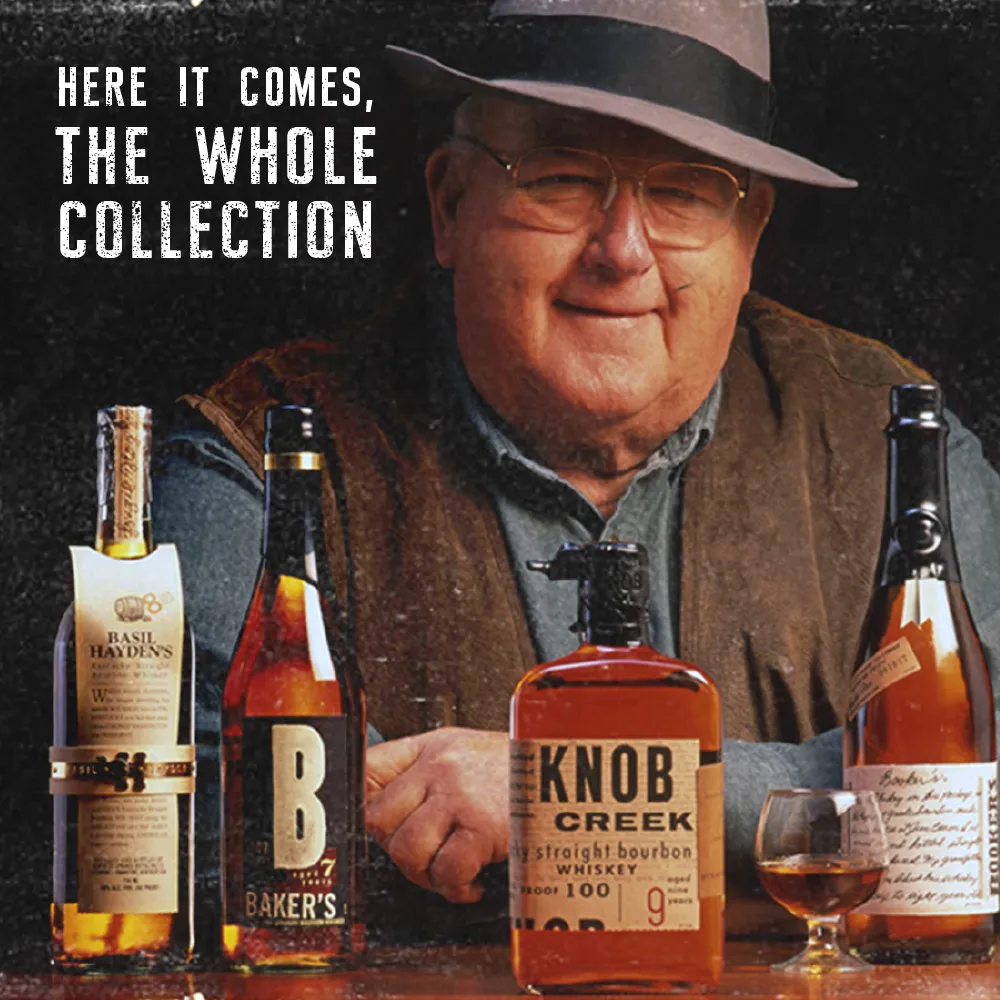
In 1992, Booker Noe released the Small Batch Bourbon Collection, adding on to his first small-batch bourbon with Baker’s, Basil Hayden’s and Knob Creek. This led to a huge comeback for bourbon.
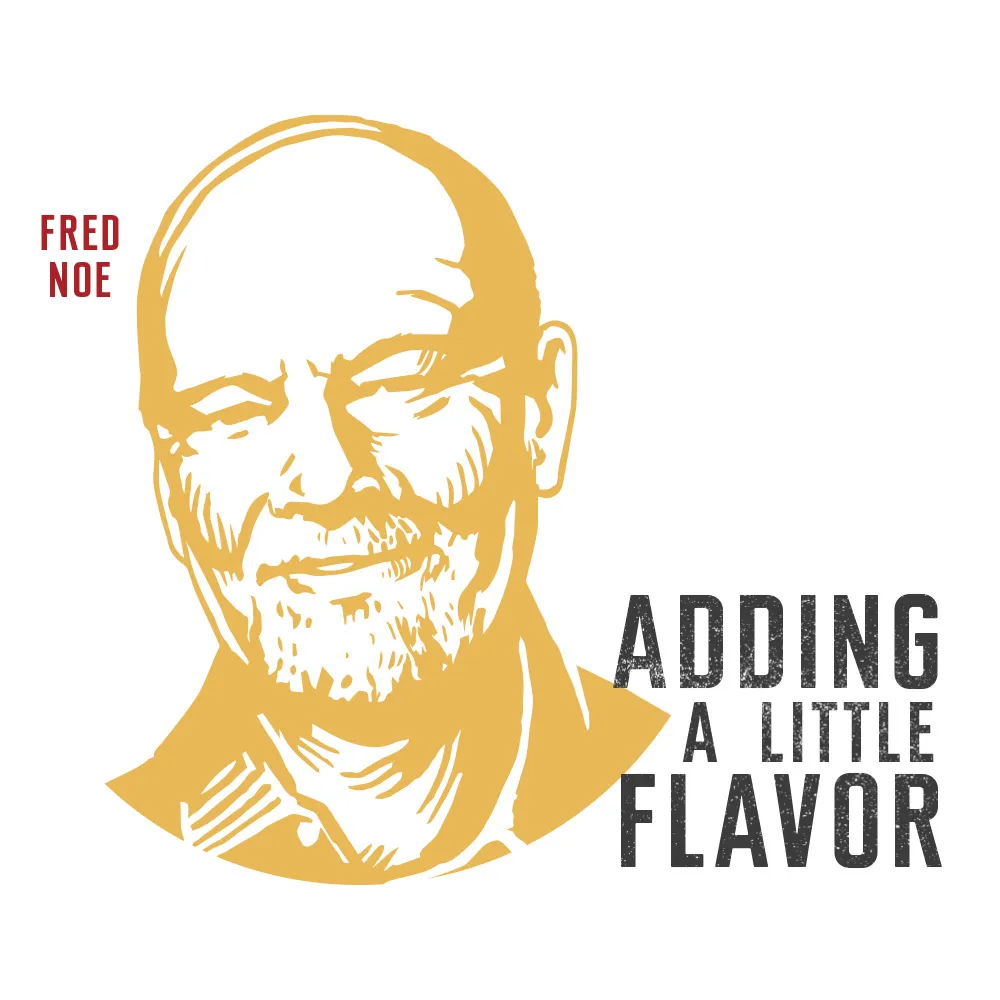
In 1992, Frederick Booker Noe III became the seventh-generation Beam Family Master Distiller, and in 2005, he filled the ten-millionth barrel of Jim Beam. In 2009, he released Red Stag by Jim Beam—a black cherry liqueur infused with Jim Beam Kentucky Straight Bourbon Whiskey that led to a new realm of bourbon-inspired possibilities.
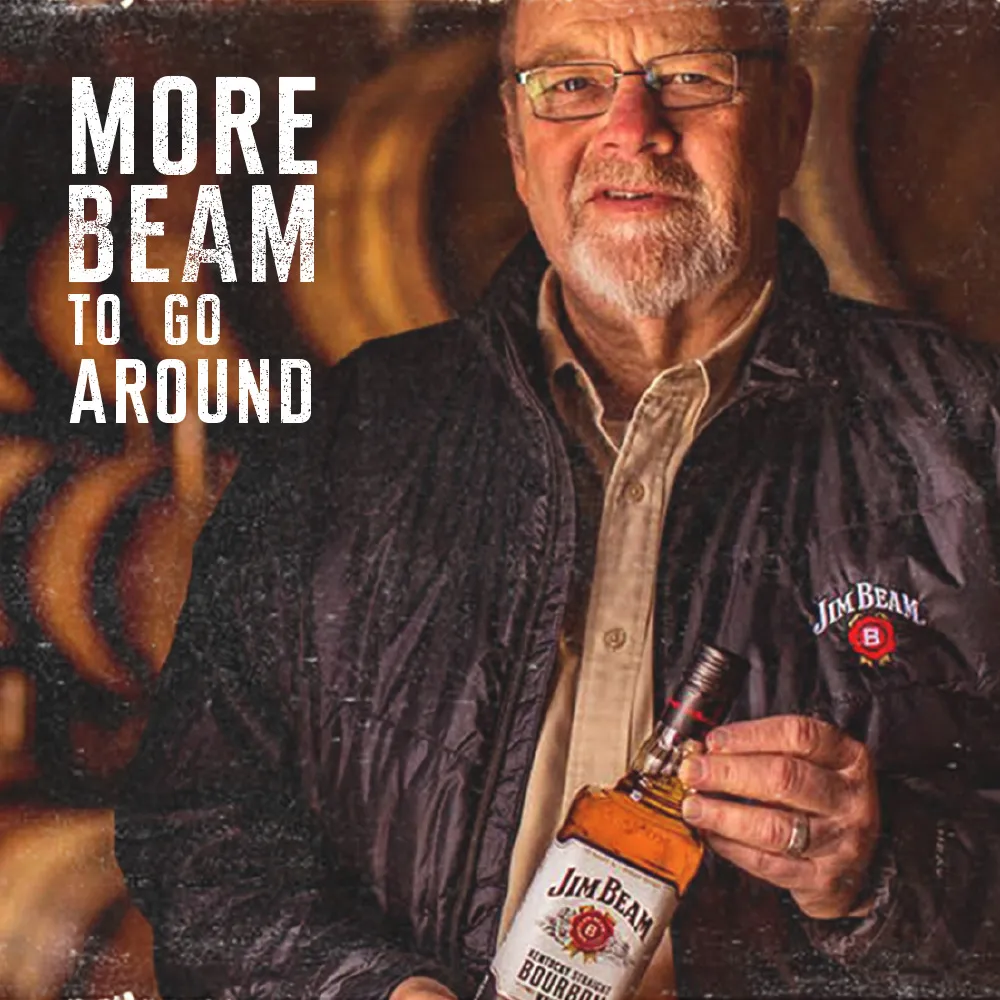
Building off the success of Red Stag, Fred released Jim Beam Devil’s Cut in 2011—a slightly sinister bourbon made from the liquid that becomes trapped within the wood of the barrel during aging. Both Devil's Cut and Jim Beam Black earned gold medals at the 2012 San Francisco World Spirits Competition, leading to even more limited-edition bottles.
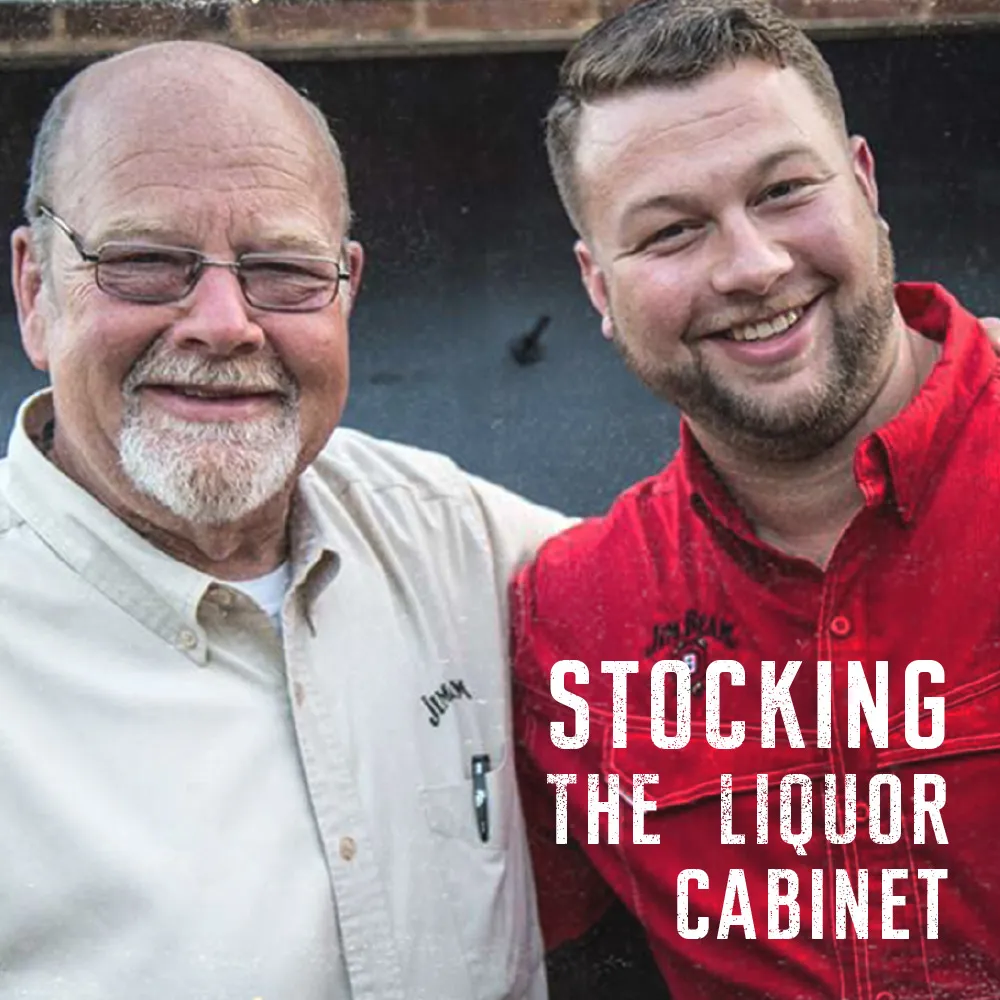
In 2013, Fred Noe released Jim Beam Signature Craft 12-Year and Jim Beam Distiller’s Masterpiece—a re-release of his father’s small batch. Next, he unveiled Jim Beam Apple, the world’s best-selling flavored whiskey.* And finally, in 2016, Fred introduced Jim Beam Double Oak—bourbon aged a second time in a second newly charred oak barrel.
*“#1 Flavored Bourbon” - 1. Nielsen xAOC+, $ Sales, 52 WE 12/2/17.
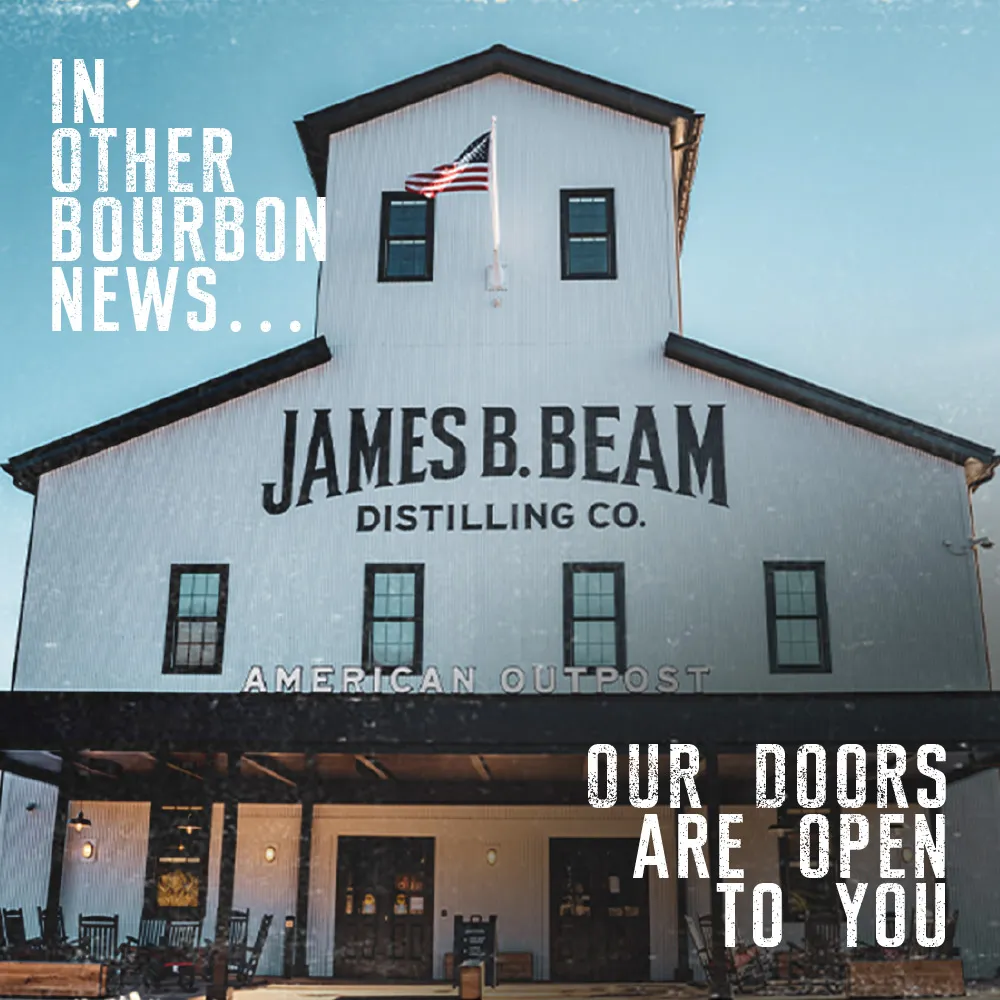
In 2007, Congress declared September “National Bourbon Heritage Month.” And on October 3, 2012, we transformed bourbon tourism by opening the doors to the Jim Beam American Stillhouse—a replica of a 1940s-era stillhouse. This quickly turned our Clermont distillery into one of Kentucky’s most visited destinations. You’re welcome to swing by and see us.
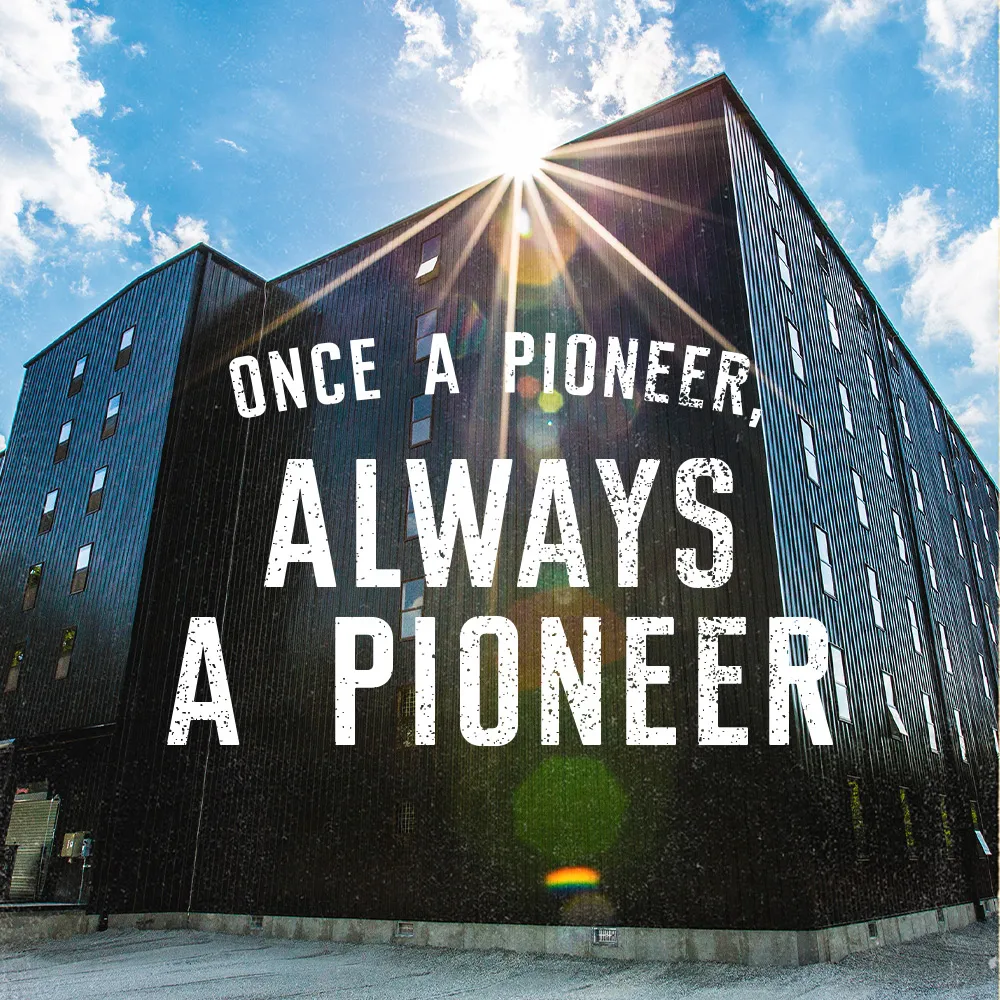
As the First Family of Bourbon, we were there when it all began. But we’ve never been the type to rest on our laurels. Always innovating, always taking bourbon to new heights—this is the Jim Beam way. On our 225-year anniversary, we have no intention of doing things any differently. Even as we sit here writing our history, the next generation is busy following in the footsteps of all those who came before them—learning the ropes from the ground up. But, more importantly, learning to redefine them in new and innovative ways. For a taste of the what the next generation will bring, we invite you to give Little Book a try, that is, if you can get your hands on a bottle. Blended by Fred Noe’s son, Freddie, both iterations of this limited-edition whiskey have sold out soon after their release.
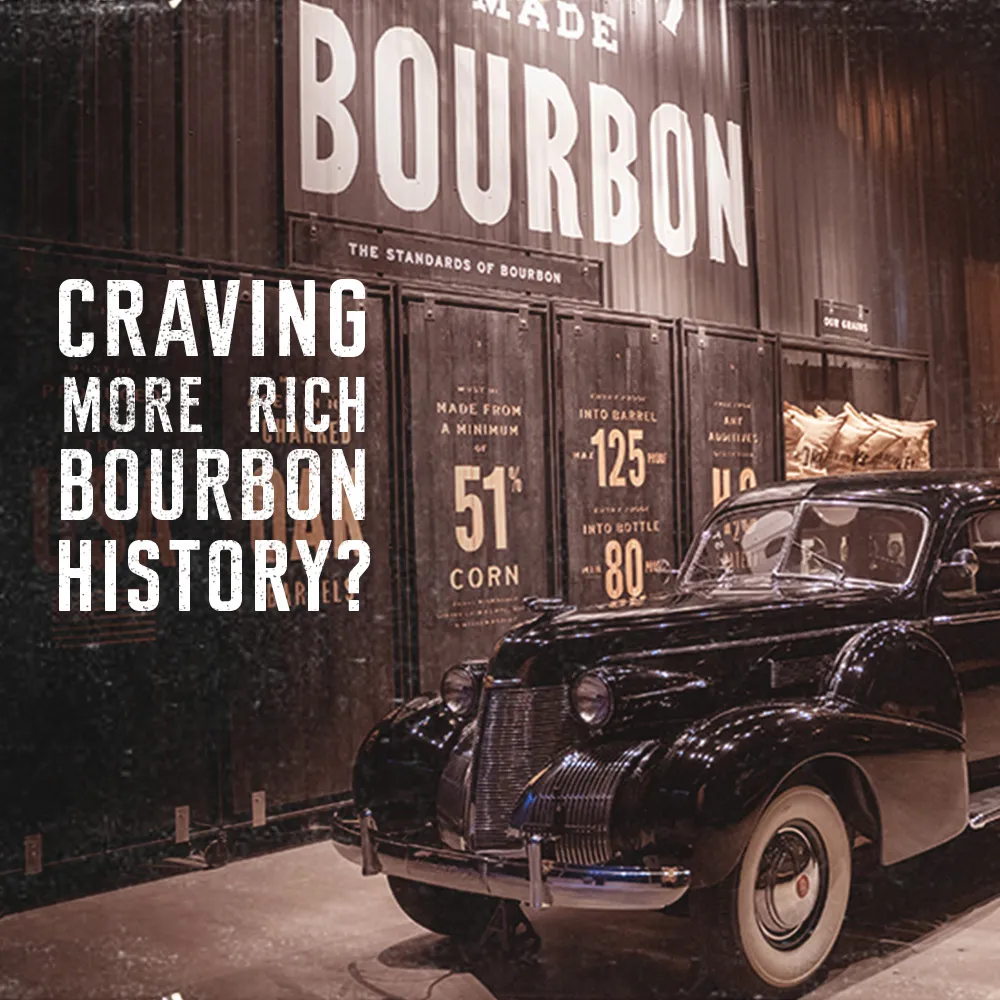
For a more complete recount of the Jim Beam history, the "American Still Life" offers stories from our master distillers, the tales behind each of our bourbon and much more.
A BOURBON FOR EVERY TASTE
Browse through our products and see what strikes your fancy.
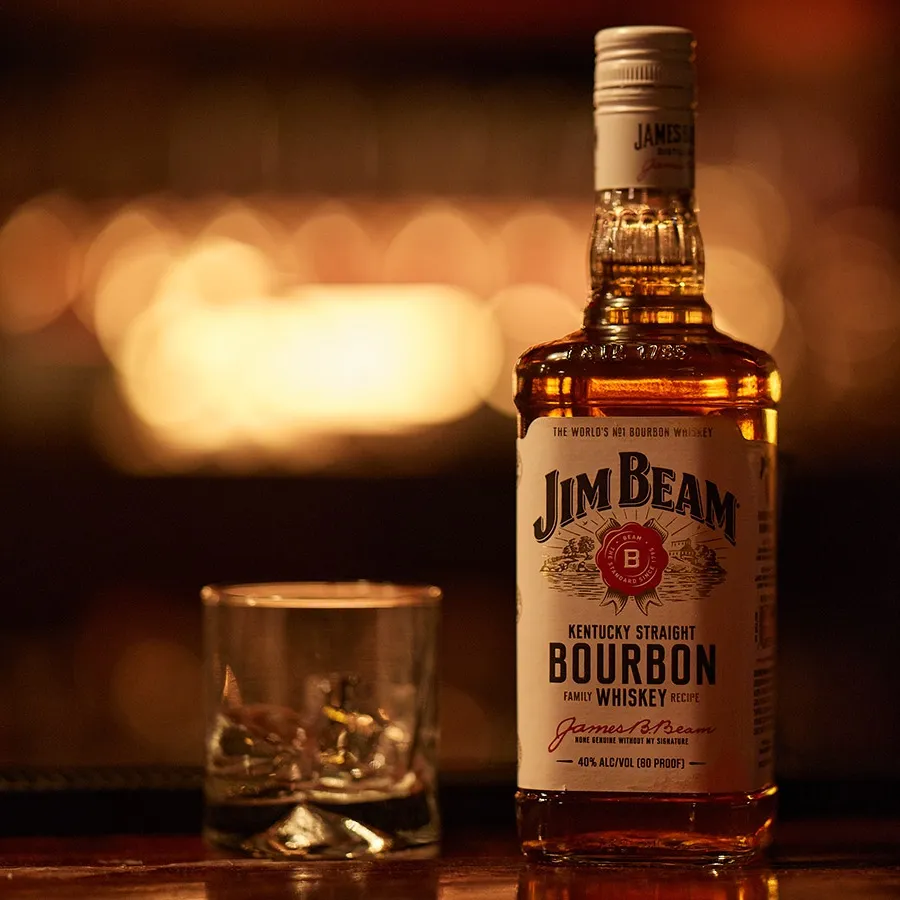
Join Team Beam
Sign up now to get exclusive access to product launches, updates on events, and delicious new cocktail recipes directly in your inbox.
